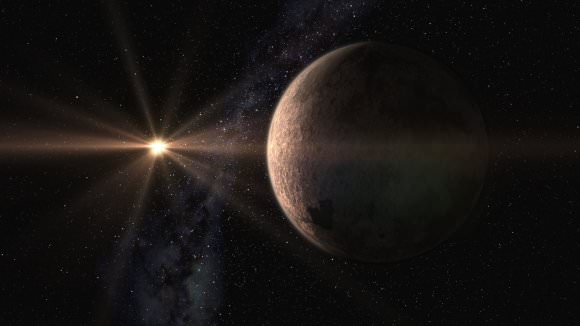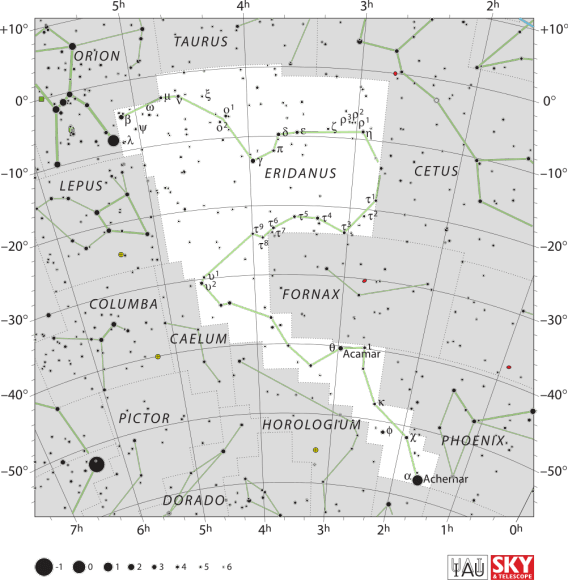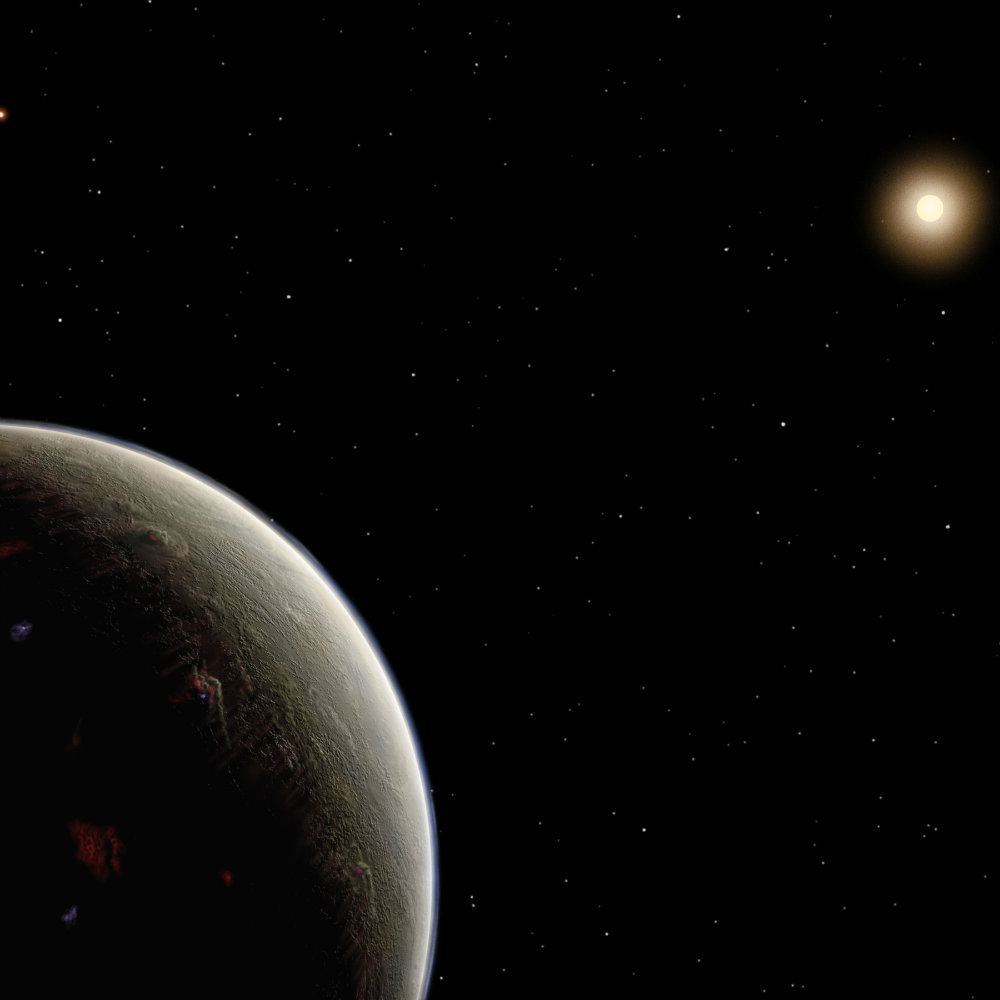One of the more interesting and rewarding aspects of astronomy and space exploration is seeing science fiction become science fact. While we are still many years away from colonizing the Solar System or reaching the nearest stars (if we ever do), there are still many rewarding discoveries being made that are fulfilling the fevered dreams of science fiction fans.
For instance, using the Dharma Planet Survey, an international team of scientists recently discovered a super-Earth orbiting a star just 16 light-years away. This super-Earth is not only the closest planet of its kind to the Solar System, it also happens to be located in the same star system as the fictional planet Vulcan from the Star Trek universe.
The study which details their findings, which recently appeared in the Monthly Notices of the Royal Astronomical Society, was led by Bo Ma and Jian Ge, a post-doctoral researcher and a professor of astronomy from the University of Florida, respectively. They were joined by researchers from Tennessee State University, the Instituto de Astrofisica de Canarias, the Universidad de La Laguna, Vanderbilt University, the University of Washington, and the University of Arizona’s Steward Observatory.

For the sake of their study, the team relied on data from the Dharma Planet Survey (DPS). This survey relied on the the a 50-inch Dharma Endowment Foundation Telescope (DEFT) at the Mt. Lemmon SkyCenter (from 2016-2018) to observe 100 very bright stars located near the Solar System.
Using this data, the team discovered a signal coming from the triple star system of HD 26965 that indicated the presence of a super-Earth. In addition to being the first planet of its kind to be detected by the Dharma Survey, this planet is also the closest super-Earth to our Solar System – making it an ideal case study for such planets. As Ge said in a recent UF News press statement:
“The new planet is a ‘super-Earth’ orbiting the star HD 26965, which is only 16 light years from Earth, making it the closest super-Earth orbiting another Sun-like star. The planet is roughly twice the size of Earth and orbits its star with a 42-day period just inside the star’s optimal habitable zone.”
As with most exoplanets, this super-Earth was discovered using the Radial Velocity Method (aka. Doppler Spectroscopy), where the spectra of stars are monitored for signs of “wobble”, where the star is found to be moving towards and away from Earth. This movement is caused by the presence of planets, which exert a gravitational influence on their respective suns.

Gregory W. Henry, a senior research scientist from Tennessee University, was responsible for collecting the precise brightness measurements from the AST that confirmed the presence of the planet. As he explained, this system is already known to fans of Star Trek as being where Spock, the science officer on the USS Enterprise, came from.
“Star Trek fans may know the star HD 26965 by its alternative moniker, 40 Eridani A,” he said. “Vulcan was connected to 40 Eridani A in the publications “Star Trek 2” by James Blish (Bantam, 1968) and “Star Trek Maps” by Jeff Maynard (Bantam, 1980).”
This is confirmed in a letter written by Gene Roddenberry (the creator of Star Trek) along with Sallie Baliunas, Robert Donahue, and George Nassiopoulos of the Harvard-Smithsonian Center for Astrophysics (CfA). Published in July 1991 by Sky and Telescope, the letter stated that 40 Eridani A was home to planet Vulcan. As they wrote, Vulcan orbits the primary star while the two companion stars “would gleam brilliantly in the Vulcan sky.”
Matthew Muterspaugh, an associate professor and the director of Center of Excellence in Information Systems at
“The orange-tinted HD 26965 is only slightly cooler and slightly less massive than our Sun, is approximately the same age as our Sun, and has a 10.1-year magnetic cycle nearly identical to the Sun’s 11.6-year sunspot cycle. Therefore, HD 26965 may be an ideal host star for an advanced civilization.”

Another thing this latest exoplanet discovery has going for it is the fact that, on a clear night, its star can be seen with the naked eye. This is something that is not possible with most exoplanets-hosting star systems that have been discovered to date. But thanks to its proximity and its brightness, HD 26965 can be spotted in the southern constellation Eridanus.
As Ge explained, the discovery of “Vulcan” was also a success for the method and instruments used to find it:
“This discovery demonstrates that fully dedicated telescopes conducting high-cadence, high-precision radial velocity observations in the near future will continue to play a key role in the discovery of more super-Earths and even Earth-like planets in the habitable zones around nearby stars. I am very grateful to the donor of our Dharma Planet Survey, Mr. Mickey Singer, who recognized the importance of this project and has continuously provided support to make this and future discoveries possible.”
Who knows? With even more sophisticated instruments being constructed or launching to space in the coming years, we may find many more planets that happen to coincide with fictional worlds from popular science fiction franchises. Perhaps there is a Pandora, a Solaris, or an Arrakis (Dune) out there just waiting to be found!


Fascinating.